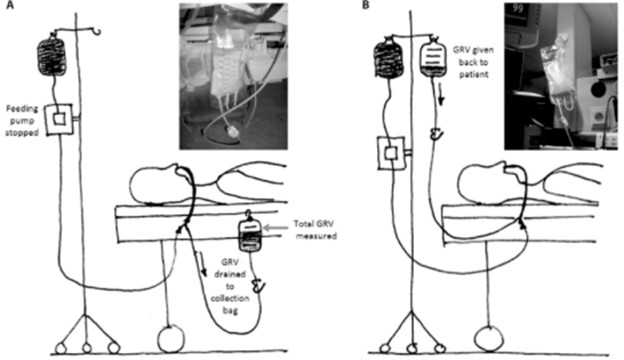A nurse is collecting data from a client who has been taking omeprazole for the past 4 weeks. The nurse determines that the medication is effective when the client reports relief from which of the following symptoms?
Acid indigestion
Nausea
Diarrhea
Headache
The Correct Answer is A
Omeprazole is a proton pump inhibitor (PPI) commonly prescribed to reduce stomach acid production. It is frequently used to treat conditions such as gastroesophageal reflux disease (GERD) and peptic ulcer disease. Acid indigestion, characterized by a burning sensation in the chest or upper abdomen, is a common symptom of excessive stomach acid.
While omeprazole can indirectly alleviate certain symptoms associated with excessive stomach acid, it is not typically used to directly treat or relieve symptoms such as nausea, diarrhea, or headaches. Other medications or interventions may be more suitable for managing these specific symptoms.
Nursing Test Bank
Naxlex Comprehensive Predictor Exams
Related Questions
Correct Answer is D
Explanation
The nurse should measure the gastric residual before administering a feeding to identify delayed gastric emptying. Gastric residual refers to the volume of formula or contents remaining in the stomach from the previous feeding. Measuring gastric residual helps assess how well the client's stomach is emptying and can indicate if there is delayed gastric emptying.
By measuring gastric residual, the nurse can:
● Determine if the stomach has adequately emptied from the previous feeding. ● Assess the client's tolerance to enteral feedings.
● Detect signs of delayed gastric emptying, which can be indicative of gastrointestinal motility issues or other complications.
● Adjust the feeding rate or make other modifications to the enteral feeding plan based on the amount of residual volume.

Confirming the placement of the NG tube is typically done using other methods, such as an X-ray, pH testing, or auscultation of air insufflation. Gastric residual measurement primarily serves the purpose of assessing gastric emptying, rather than confirming tube placement.
While electrolyte imbalances can be monitored in the overall care of a client receiving enteral feedings, measuring gastric residual specifically focuses on assessing gastric emptying and feeding tolerance, rather than determining the client's electrolyte balance.
Removing gastric acid that might cause dyspepsia is not the primary purpose of measuring gastric residual. Gastric residual measurement aims to evaluate the volume of the previous feeding and assess gastric emptying, rather than focusing on dyspepsia specifically.
Correct Answer is A
Explanation
Elevating the head of the bed can help reduce the symptoms of GERD during sleep. By elevating the head, gravity can help prevent stomach acid from flowing back into the esophagus, reducing the occurrence of reflux.
The other statements do not demonstrate an understanding of the teaching: "I will sleep on my stomach with my head flat": Sleeping on the stomach can actually worsen the symptoms of GERD as it can increase the likelihood of stomach acid flowing back into the esophagus. It is generally recommended to sleep on the left side or back to minimize reflux.
"I will have a snack 1 hour before going to bed": Consuming a snack close to bedtime can increase the likelihood of reflux during sleep. It is generally recommended to avoid eating at least 2 to 3 hours before lying down to minimize reflux symptoms.
"I can have 6 ounces of alcohol before bed, to help me sleep": Alcohol can relax the lower esophageal sphincter (LES) and increase the risk of reflux. It is best to avoid alcohol before bedtime, especially for individuals with GERD.
Whether you are a student looking to ace your exams or a practicing nurse seeking to enhance your expertise , our nursing education contents will empower you with the confidence and competence to make a difference in the lives of patients and become a respected leader in the healthcare field.
Visit Naxlex, invest in your future and unlock endless possibilities with our unparalleled nursing education contents today
Report Wrong Answer on the Current Question
Do you disagree with the answer? If yes, what is your expected answer? Explain.
Kindly be descriptive with the issue you are facing.
